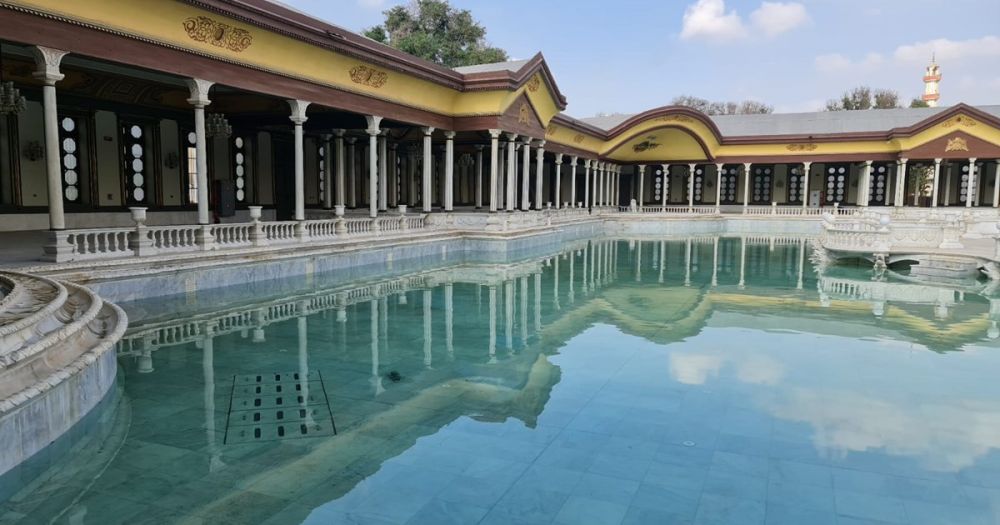

Shubra Palace, located in the serene city of Taif, is a historical landmark that has become a symbol of the region's rich past. The palace was constructed in the early 20th century, during the reign of King Abdulaziz Al Saud. It served as a summer residence for the Saudi royal family due to Taif's cooler climate and picturesque landscape. Recognized for its unique architecture, which blends traditional Hejazi style with European influences, the palace features ornate ceilings, elegant archways, and intricate tile work.
Over the years, the palace has witnessed many significant events in Saudi Arabia's history, including important meetings and royal retreats. In 2006, Shubra Palace was converted into a museum, allowing the public to explore its historical rooms and beautiful gardens. This adaptation not only conserved its architectural splendor but also cemented its status as a key cultural destination in the Kingdom.
Modern tourism in Saudi Arabia has been significantly influenced by the country's Vision 2030 plan, which aims to diversify the economy and reduce its dependency on oil. A key part of this plan is the development of tourism, positioning the Kingdom as a leading global destination.
For Shubra Palace in particular, the latest tourism trend is focused on cultural heritage and education. Tourists visiting the palace can expect to be immersed in the history and art of the region. With its museum status, the palace exhibits traditional artifacts, period furnishings, and historical documents that provide insights into the life of the Saudi royal family and the broader cultural context of Taif.
Additionally, there is a growing interest in responsible tourism. The Saudi government and local authorities are ensuring that the development of tourist attractions, such as Shubra Palace, is done sustainably, preserving the site's historical integrity while contributing to the local economy.
Another trend is the integration of technology in enhancing the tourist experience. This includes virtual reality tours, interactive displays, and mobile applications that provide guided tours and detailed information about the palace. This approach not only modernizes the visitor experience but also appeals to younger audiences and tech-savvy tourists.